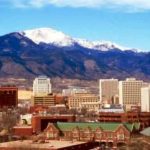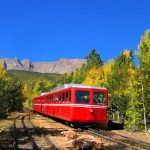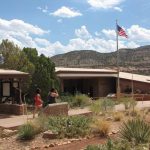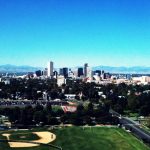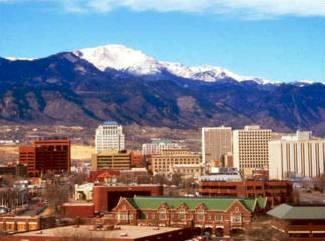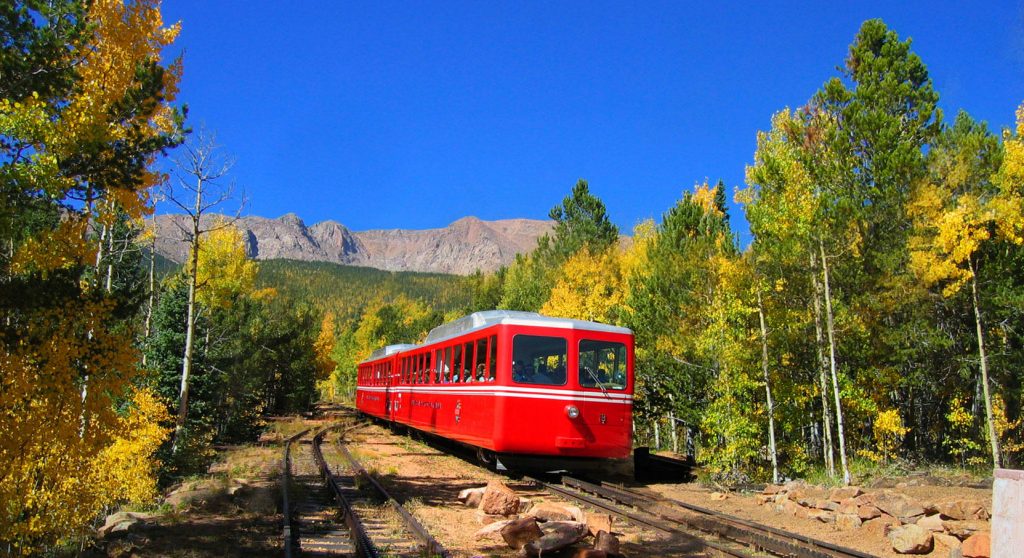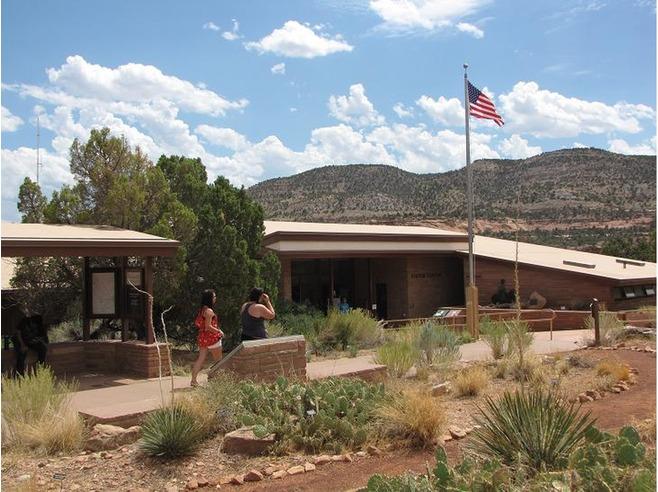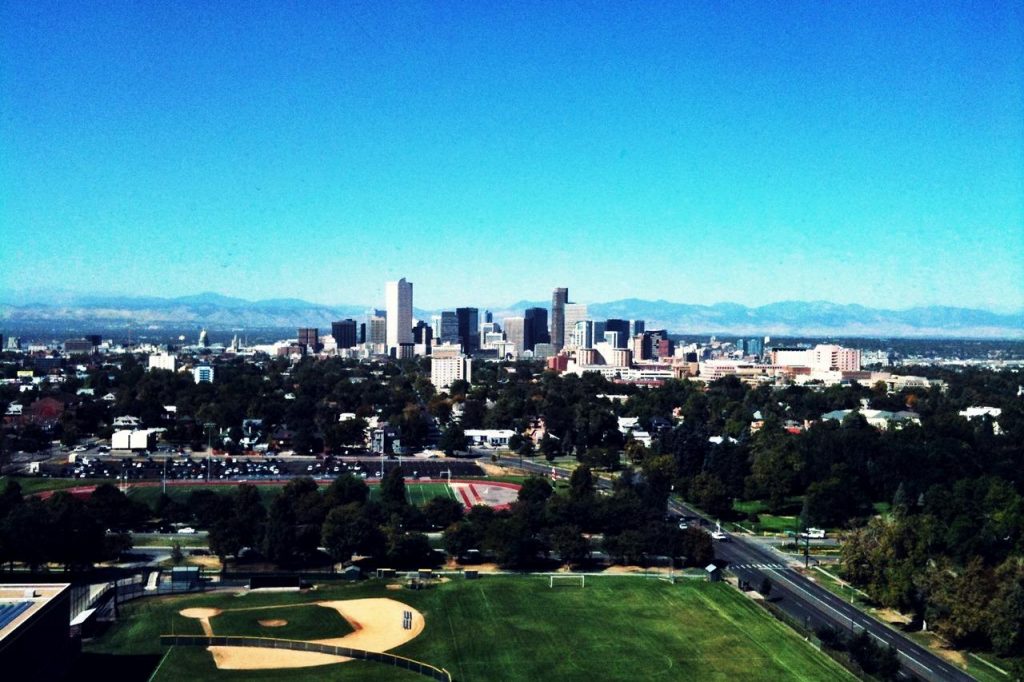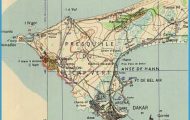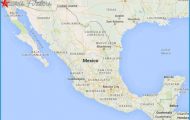Colorado Latinos and Racism
In response to the racial prejudice that they encountered, Colorado’s Latino communities maintained grassroots efforts to strengthen their communities. Though Colorado’s Latino community did not have active local chapters of national Latino organizations (e.g. GI Forum, League of United Latin American Citizens) until the middle of the 1960s, Colorado’s Latinos engaged in efforts to forge interracial coalitions, with other marginalized groups and organizations such as the Unity Council, Urban League, and the Anti-Defamation League of B’nai B’rith to advocate for equal civil rights. Mexican Americans such as Bert Gallegos, Bernard Valdez, and Lino Lopez were instrumental in the movement for fair employment and fair housing legislation in the state. Other Latinos joined with the state’s small, but influential, black community in protesting police brutality and police profiling.
By the 1950s and early 1960s, Colorado’s Latinos also recognized the importance of intra-community organization. Accordingly, organizations such as the Good Americans Organization, Latin American Educational Fund, and the United Latin American Organization served as the precursors to a more sustained Latino politics. The United Latin American Organization, for instance, provided insight into the politics that would emerge out of Denver’s segregated and racialized barrios. Accordingly, the organization challenged publicly held perceptions about the criminality of the city’s Latino community. Organizing its members around the concept of la raza (the people), the United Latin American Organization invoked a nascent concept of race in its rights agenda, which came to also include discrimination in employment, housing, and public education.
In rural areas, grassroots activities continued as well. Such activity reflected the complexity and confusion created by layers of legal and political conquest in the Southwest. In the 1940s and 1950s, the town of San Luis mobilized again to protect its land rights and to seek legal validation of them. The community formed organizations that would provide a foundation for later, more radical Latino political organizing in the 1960s and 1970s, which surfaced as a result of many factors.
This more radical Latino activism arose in both rural and urban centers in the 1960s and 1970s, with certain areas emerging as hotbeds of Chicano activism. Among rural areas, San Luis saw some of the most intense political organizing. The issue was again land rightsan issue stemming from the Mexican land grant system. In 1965, the Colorado District Court dealt a blow to the San Luis commu-
nity when it ruled in favor of a process to extinguish the town’s communal land rights to a portion of the original Mexican grant, which had become known as La Sierra. Following this moral and legal defeat, organized political activity gave way to vigilante-type violence between residents who refused to submit to the ruling and those who fought to uphold it.
Violence similarly marked the experiences of Latinos in Denver after a series of deadly altercations between police and Latinos in the city in the early 1960s. Such tensions compelled Latinos to consider radically different alternatives to securing the civil rights of the community. The most visible spokesman in this regard was Rodolfo Corky Gonzales. A former prize-fighter who had achieved prominence in the local Democratic Party, Gonzales organized Denver and southwestern Latinos around the concept and term Chicano.
In 1966, Gonzales and other Denver area activists established the Crusade for Justice (Crusade) to promote the interests and values of the city’s Chicano community. Significantly, the organization was founded on the belief that Mexican Americans represented a distinct racial group. In his epic poem Yo Soy Joaquin (I Am Joaquin), Gonzales outlines the mosaic of different cultures and different racialized people that make up the Chicano community.
Young Latino activists march in Rudolfo Corky Gonzales’ funeral procession, April 2005, Denver. Courtesy of Nicki Gonzales, Regis University.
Moreover, the Crusade embraced the concepts of self-determination and nationalism to mobilize the Latino community. In March of 1969, the Crusade organized Latino youth from throughout the United States for the First National Youth Liberation Conference in Denver. During this conference, participants drafted El Plan Espiritual de Aztlan-a Chicano declaration of independence. Accordingly, the preamble to the document focused directly on the importance of race to the Chicano political project:
In the spirit of a new people that is conscious not only of its proud historical heritage, but also of the brutal Gringo invasion of our territories, We, the Chicano inhabitants and civilizers of the northern land of Aztlan, from whence came our forefathers, reclaiming the land of their birth . We are free and sovereign to determine those tasks which are justly called for by our house, our land, the sweat of our brows, and by our hearts. Aztlan belongs to those that plant the seed, water the fields, and gather the crops, and not the foreign Europeans. We do not recognize capricious frontiers on the Bronze continent.4
The project of Chicano nationalism was further fleshed out in two subsequent National Youth Liberation Conferences, in Denver in 1970 and 1971, where Latino youth committed themselves to creating an independent La Raza Unida political party, to establishing land banks for economic development, and to petitioning the United Nations for partition of 54 percent of the lands held by the U.S. government in the forests of New Mexico. Constant violence between the police and cultural nationalists in Denver’s Latino community throughout the 1970s, however, sapped much of the energy out of some of the most transformative elements of Colorado’s urban Chicano Movement.
As a result, the battle for equity and access turned to nonpolitical, but equally contested, forums. Particularly acute was the segregation of Latinos in Denver’s neighborhoods and public schools, which in 1973 compelled the U.S. Supreme Court to decide the first non-southern school desegregation case in Keyes v. School District Number One. One issue that particularly troubled the courts was whether Latinos were to be considered white or non-white for school desegregation purposes. As the court ultimately concluded, Latinos experienced the same consequences as black students of segregation. Though the origins of racial segregation were different, the case revealed that predominantly black and Latino schools received the oldest textbooks, the poorest equipment, and, often times, only vocational curriculums that made the academic level in such schools lag a year or two below that of the white schools.
Moreover, Latino students encountered hostile attitudes to Mexican culture and the Spanish language in the classroom. Tension had become so great that in 1969, hundreds of Latino students walked out of schools to protest such discrim-
ination. The walk-out and subsequent violent suppression by the Denver Police Department highlighted the various ways that Latino students became educationally, as well as physically, segregated from their white peers.
In response, the court in Keyes fashioned a district-wide remedy for the entire Denver Public School System that recognized the distinct needs of Latino students in the city. Ordering not only bussing, the court also adopted a plan that provided for bilingual and multicultural programs in the entire district. Though this decision to provide a Chicano-centered desegregation plan was overturned on appeal, Denver’s Latinos fundamentally repositioned the way that the nation’s courts would understand the legal rights of the community.

